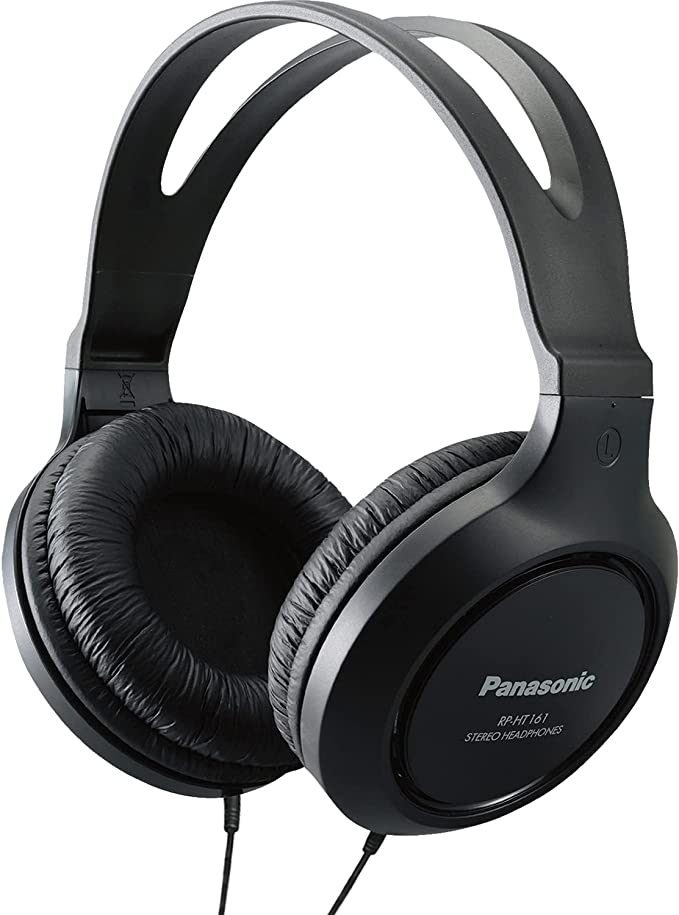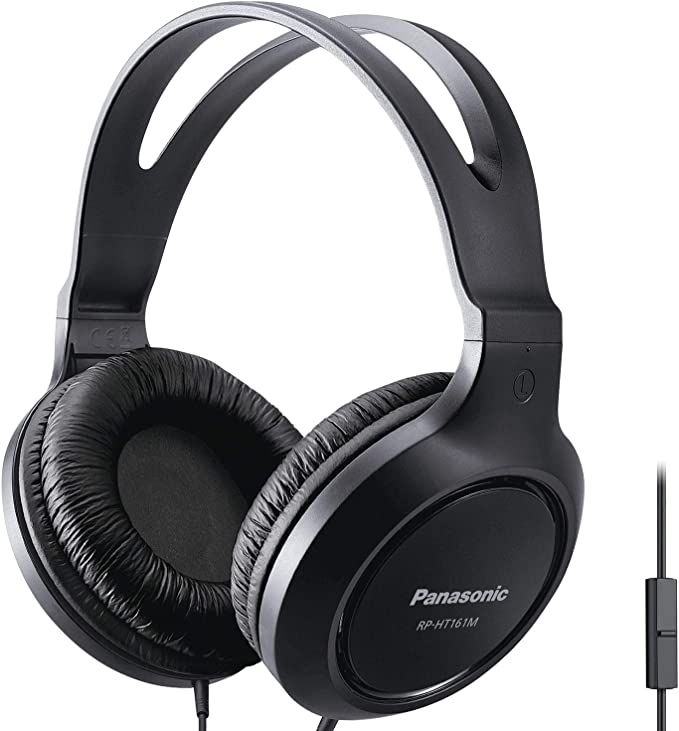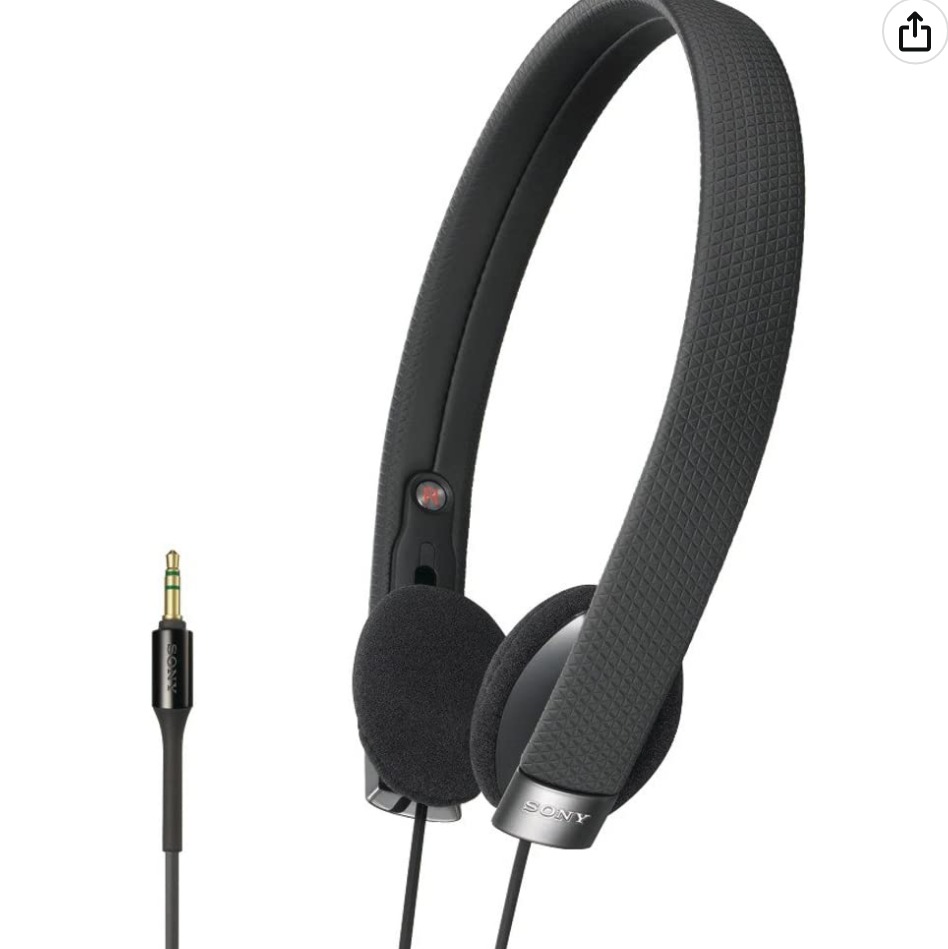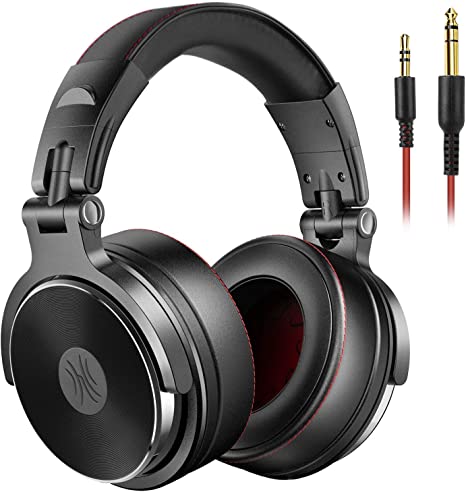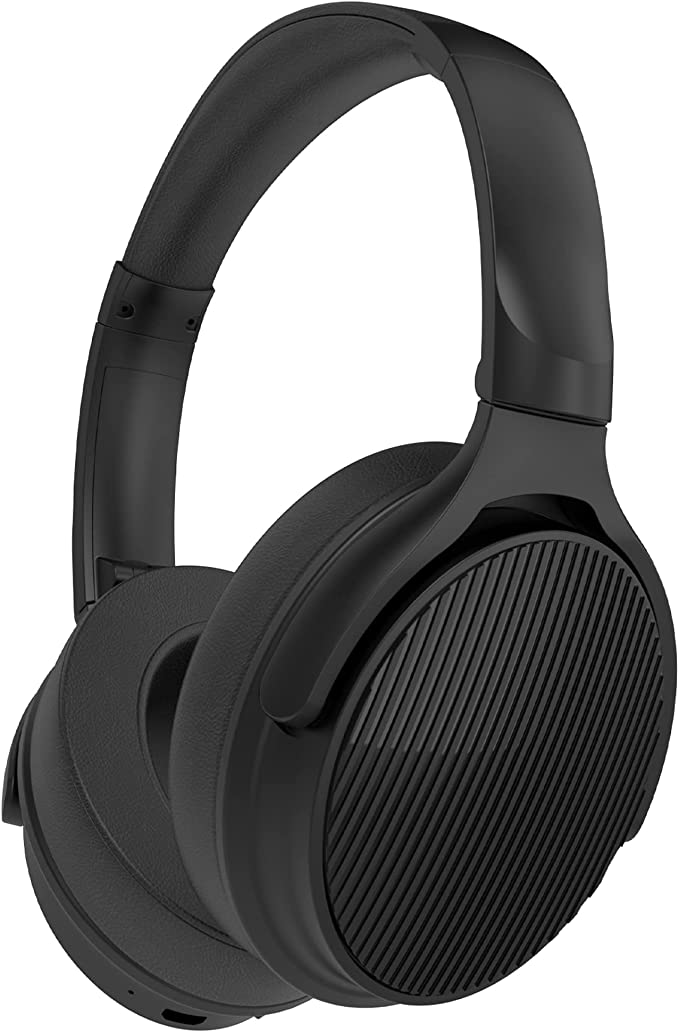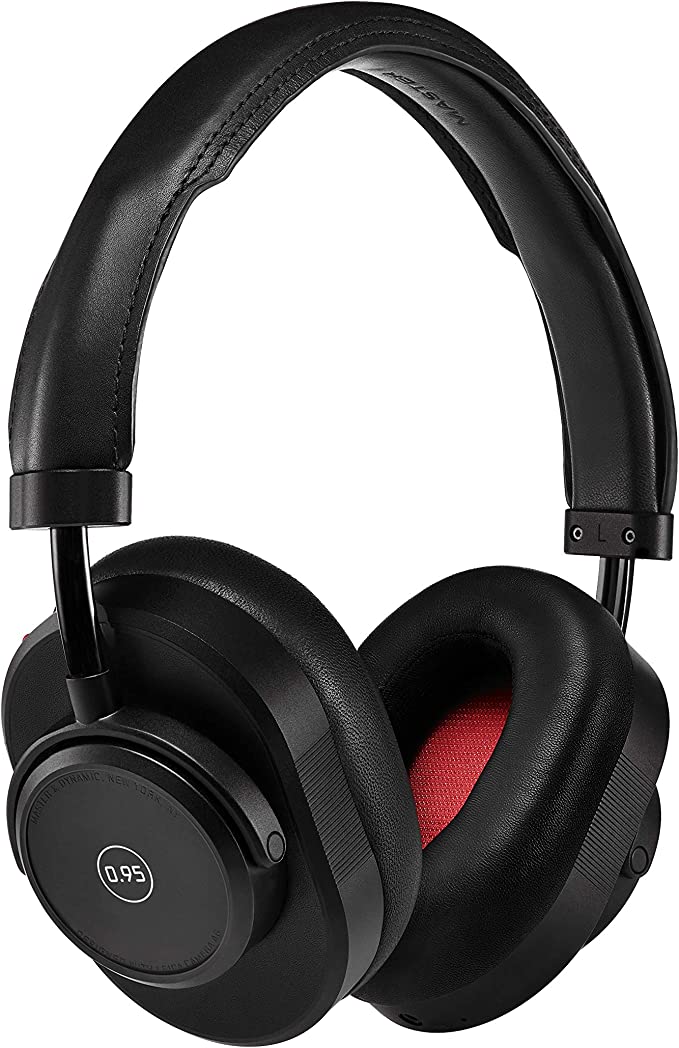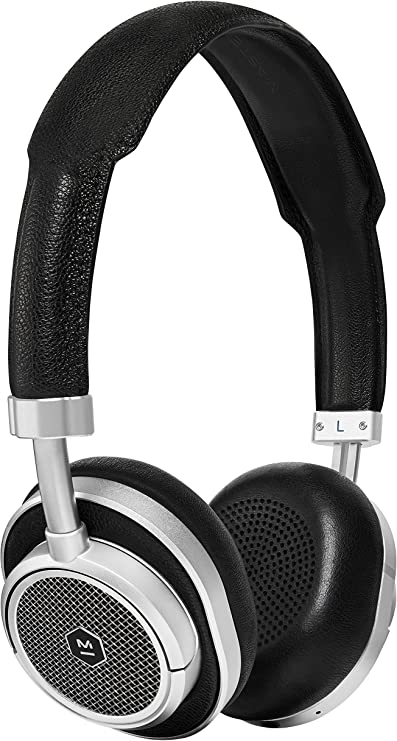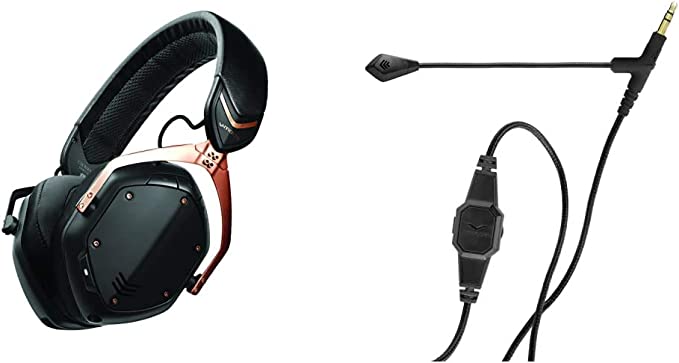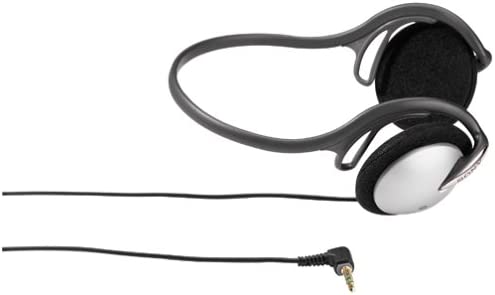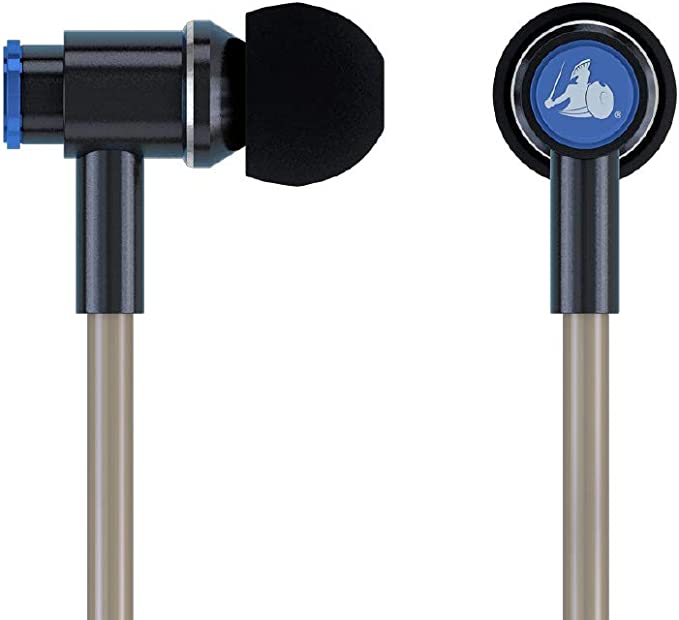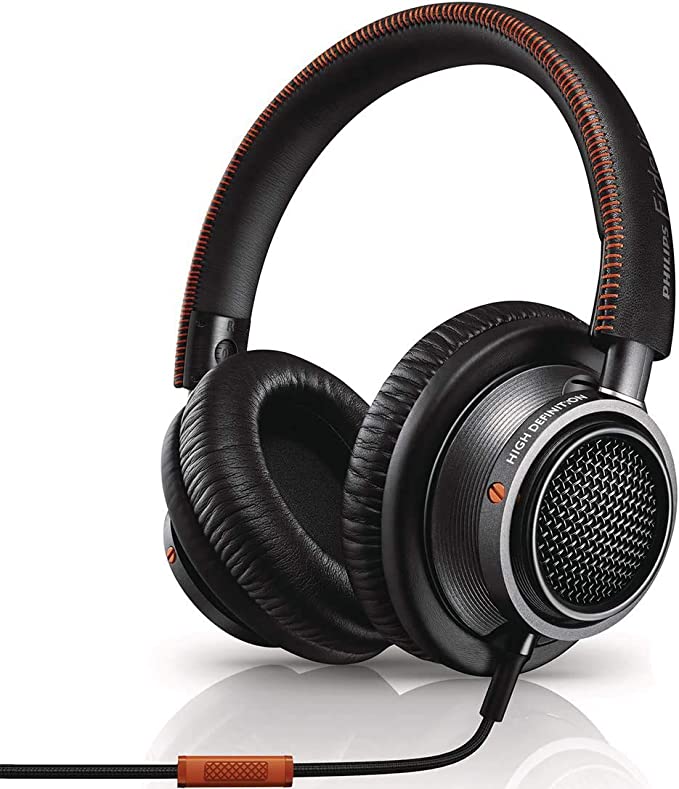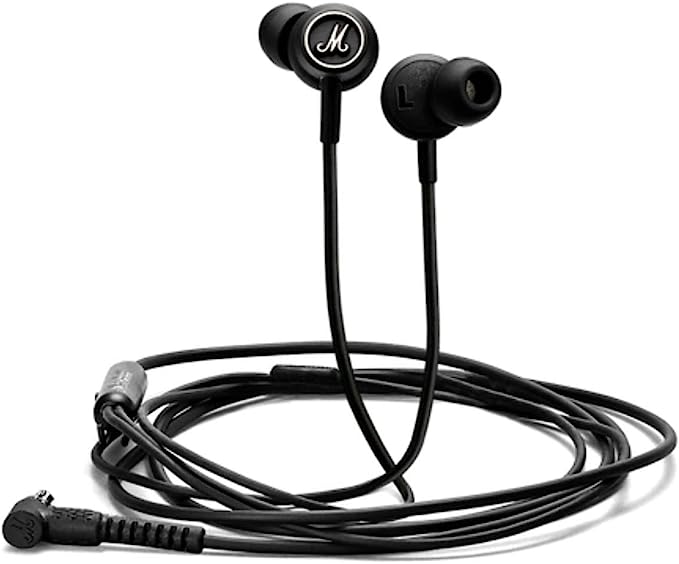lotmusic MI2446 Headphones: Experience Immersive Sound with Super Bass
Update on March 21, 2025, 5:44 a.m.
Have you ever found yourself on a crowded bus, desperately wishing you could escape the cacophony of conversations, traffic, and ringing phones? Or maybe you’re trying to focus on work at a bustling coffee shop, but the constant chatter is making it impossible to concentrate? We live in a world saturated with sound, and sometimes, what we crave most is a little bit of peace and quiet – or, perhaps, the ability to replace the unwanted noise with sounds of our choosing. This is where headphones become more than just accessories; they become our personal sanctuaries of sound.
Headphones are remarkable feats of engineering, miniature marvels that allow us to curate our own auditory experiences. But have you ever stopped to wonder how they actually work? What’s happening inside those earcups to produce the music, podcasts, or audiobooks you enjoy? Let’s take a journey into the fascinating world of sound and explore how headphones, like the lotmusic MI2446, bring it all to life.

The Symphony of Vibrations: Understanding Sound
Before we dive into the mechanics of headphones, we need to understand the star of the show: sound itself. At its core, sound is simply vibration. Imagine dropping a pebble into a still pond. The impact creates ripples that spread outward, disturbing the water’s surface. Sound waves are similar, but instead of water, they travel through air (or other mediums, like water or solids).
When an object vibrates – whether it’s a guitar string, a speaker cone, or your vocal cords – it pushes and pulls on the surrounding air molecules. This creates areas of high pressure (compressions) and low pressure (rarefactions) that propagate outward as a longitudinal wave. Think of it like a slinky being pushed and pulled: the coils compress and expand, transmitting the energy along its length.
These sound waves have several key characteristics that determine what we hear:
- Frequency: This refers to how quickly the air molecules vibrate back and forth. We measure frequency in Hertz (Hz), which represents the number of cycles per second. A higher frequency means the air molecules are vibrating faster, and we perceive this as a higher-pitched sound. Think of the high, tinkling sound of a triangle versus the low, rumbling sound of a bass drum. Humans with normal hearing can typically perceive sounds ranging from about 20 Hz (very low bass) to 20,000 Hz (very high pitch).
- Amplitude: This refers to the intensity of the vibration, or how much the air pressure changes. We perceive amplitude as loudness. A larger amplitude means a louder sound. Amplitude is often measured in decibels (dB), a logarithmic scale that reflects the vast range of sound intensities our ears can handle.
- Timbre: This is what makes a violin sound different from a piano, even when they’re playing the same note at the same volume. Timbre, or tone color, is determined by the complex mix of different frequencies present in a sound wave. Every sound, even a single note, is actually made up of a fundamental frequency (the main pitch we hear) and a series of harmonics or overtones – additional frequencies that are multiples of the fundamental. The relative strengths of these harmonics give each sound its unique character.

Inner Workings: How Your Ears Perceive Sound
So, sound waves are traveling through the air, but how do we actually hear them? That’s where our amazing auditory system comes in. It’s a complex and intricate process, but here’s a simplified overview:
- Outer Ear (Pinna): The visible part of your ear, the pinna, acts like a funnel, collecting sound waves and directing them into the ear canal. Its unique shape also helps us determine the direction of sounds.
- Ear Canal: This short passage amplifies sound waves as they travel toward the eardrum.
- Eardrum (Tympanic Membrane): This thin membrane vibrates in response to the incoming sound waves, converting them into mechanical vibrations.
- Middle Ear (Ossicles): Three tiny bones – the malleus (hammer), incus (anvil), and stapes (stirrup) – act as a lever system, amplifying the vibrations from the eardrum and transmitting them to the inner ear.
- Inner Ear (Cochlea): This snail-shaped structure is filled with fluid and lined with thousands of tiny hair cells. The vibrations from the middle ear cause the fluid in the cochlea to move, which in turn bends the hair cells.
- Auditory Nerve: The bending of the hair cells triggers electrical signals that are sent to the brain via the auditory nerve.
- Brain: The brain interprets these electrical signals as sound, allowing us to perceive pitch, loudness, and timbre.
From Electricity to Sound: The Magic of Dynamic Drivers
Now, let’s get back to headphones. How do they take an electrical signal from your phone or computer and turn it into the sound waves that reach your ears? Most headphones, including the lotmusic MI2446, use what’s called a dynamic driver. It’s a miniature loudspeaker, and it works on the principle of electromagnetism. Here’s a breakdown of the process:
- Electrical Signal: Your audio device (phone, computer, etc.) sends an electrical audio signal to the headphones. This signal is a constantly changing voltage that represents the sound wave.
- Voice Coil: Inside the driver, there’s a small coil of wire called the voice coil. This coil is attached to the diaphragm.
- Magnetic Field: The voice coil sits within a magnetic field created by a permanent magnet (usually a neodymium magnet).
- Electromagnetic Interaction: When the electrical signal flows through the voice coil, it creates its own magnetic field. This field interacts with the permanent magnet’s field. Depending on the direction of the current, the voice coil is either attracted to or repelled by the permanent magnet.
- Diaphragm Movement: Because the voice coil is attached to the diaphragm (a thin, lightweight cone or dome, often made of plastic, paper, or metal), the movement of the voice coil causes the diaphragm to vibrate back and forth.
- Sound Wave Creation: The vibrating diaphragm pushes and pulls on the surrounding air, creating compressions and rarefactions – in other words, sound waves – that mirror the original electrical signal. The faster the diaphragm vibrates, the higher the frequency of the sound produced. The larger the diaphragm’s movement, the greater the amplitude (loudness).
Think of it like a tiny, incredibly precise motor that converts electrical energy into mechanical energy (movement), which then becomes acoustic energy (sound).
Shutting Out the World: The Advantage of Closed-Back Headphones
The lotmusic MI2446 headphones are closed-back, over-ear headphones. This design plays a significant role in how they sound and how they interact with the environment around you.
- Over-Ear Design: The earcups completely cover your ears, forming a seal around them. This is in contrast to on-ear headphones, which rest on top of your ears, or in-ear headphones, which fit inside your ear canal.
- Closed-Back: The back of the earcups (the part facing away from your head) is solid and sealed. This is the crucial element for noise isolation.
The closed-back design provides passive noise isolation. This means that the physical barrier created by the earcups blocks out a significant amount of external sound. It’s like putting your hands over your ears – it doesn’t eliminate all noise, but it significantly reduces it. This is different from active noise cancellation (ANC), which uses electronic circuitry and microphones to actively counteract incoming sound waves. While ANC is generally more effective, passive noise isolation is still a valuable feature, especially for those who want to minimize distractions without the added cost or complexity of ANC. The level of isolation depends on the materials and the fit of the earcups.
Diving into the lotmusic MI2446: Key Features
Now that we have a foundational understanding of sound and headphones, let’s take a closer look at the specific features of the lotmusic MI2446:
Large Drivers: The Foundation of Sound
The MI2446 features 40mm dynamic drivers. The size of the driver is a significant factor in a headphone’s overall sound. Generally speaking, larger drivers can move more air, which often translates to a more powerful and impactful sound, especially in the bass frequencies. This doesn’t automatically mean better sound, as other factors like driver quality and tuning are crucial, but it does suggest a capability for stronger bass reproduction. The “Super Bass” emphasis in the product description likely stems from this larger driver size. How would this 40mm translate to the real world? Think of the deep rumble of a movie soundtrack or the thumping beat of your favorite electronic track – a larger driver is better equipped to handle those low-frequency demands.
Comfortable Design: Extended Listening Pleasure
The MI2446 emphasizes comfort with its “soft memory foam” earpads and a headband wrapped in “soft leather which simulates human skin texture”. The materials used in headphone construction are more than just aesthetic choices; they directly impact comfort and even sound quality.
- Memory Foam: This type of foam conforms to the shape of your head and ears, distributing pressure more evenly. This is crucial for longer listening sessions, as it helps to avoid discomfort and fatigue.
- Soft Leather (Simulated): The material covering the earcups and headband needs to be breathable and soft against the skin. While the description says “simulates human skin texture,” it’s likely a synthetic material (pleather) designed for comfort and durability. The breathability of the material is important to minimize heat and sweat buildup during extended use.
Portable Convenience: Foldable Design
The MI2446 headphones are foldable. This is a practical feature for portability, allowing you to collapse the headphones into a smaller size for easier storage in a bag or backpack. This is a significant advantage over many bulky, non-foldable over-ear headphones.

Connectivity and Versatility: Cable and Adapter
The MI2446 is a wired headphone, meaning it connects to your audio device via a cable. The included cable is 5 feet long, providing a reasonable amount of freedom of movement. More importantly, it comes with a 6.35mm (1/4-inch) adapter. This expands the headphone’s compatibility beyond devices with the standard 3.5mm headphone jack. The 6.35mm jack is commonly found on audio equipment like amplifiers, mixing consoles, and some musical instruments. This adapter makes the MI2446 a more versatile option for users who might want to connect to a wider range of devices.
The Importance of Frequency Response: Achieving Balanced Sound.
While the precise frequency response of lotmusic MI2446 isn’t specified, there are information from user reviews indicate “Good sound quality highs are ok, but I think the bass could have been deeper, but overall it’s ok.”. Frequency response is crucially important. It describes the range of frequencies a headphone can reproduce, and how accurately it reproduces them. Ideally, a headphone would have a “flat” frequency response, meaning it reproduces all frequencies at the same level, without emphasizing or de-emphasizing any particular range. In practice, most headphones have some variations in their frequency response. Some headphones are tuned to emphasize bass (like the MI2446, to some extent), while others might emphasize treble for a brighter sound.

Conclusion: Finding Your Sonic Escape
Headphones, like the lotmusic MI2446, are more than just simple audio devices. They’re gateways to our personal soundscapes, allowing us to escape the noise of the world and immerse ourselves in the music, stories, and sounds we love. By understanding the basic principles of sound and how headphones work, we can appreciate the technology that makes this possible and make more informed choices when selecting the perfect pair to suit our needs. While the MI2446 may not be a high-end audiophile headphone, it offers a compelling combination of affordability, comfort, and features, making it a viable option for those seeking a solid listening experience without breaking the bank. Remember to always listen at safe volumes to protect your hearing, and enjoy the journey into sound!
